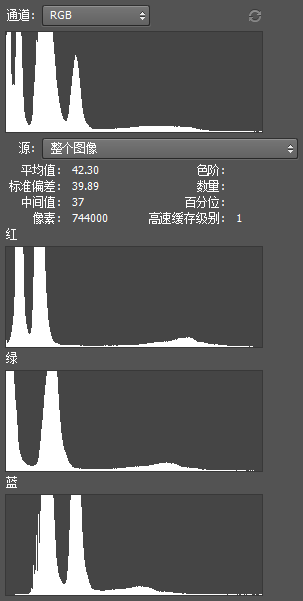图像处理基础 - OpenCV 包
OpenCV 基本操作
-
图像读取
import cv2 img_uint = cv2.imread(path) img_uint = cv2.cvtColor(img, cv2.COLOR_BGR2RGB) img = img_uint / 255.cv2默认读取BGR,uint8(0 - 255) =>(h, w, c)
-
图像显示
from matplotlib import pyplot as plt _, ax = plt.subplots(1, 2, figsize=(10, 5)) # ---------- # plt.figure(figsize=(10, 5)) # ax = plt.gca() # ---------- # plt.subplot(1, 2, 1) # ax = plt.gca() ax.imshow(img) ax.axis('off') -
图像变换
-
Translation
在齐次坐标 \begin{bmatrix}x \\ y \\ 1\end{bmatrix} 下,存在平移矩阵 M=\begin{bmatrix}1 & 0 & c_x \\ 0 & 1 & c_y\end{bmatrix}M = np.float32([[1, 0, 100], [0, 1, 50]]) rows, cols = img.shape[:2] res = cv2.warpAffine(img, M, (rows, cols))padding 部分填充为 (0, 0, 0)
-
Rotation
这里就不自己算旋转矩阵了,通过cv2.getRotationMatrix2D((center_x, center_y), angle, scale)得到对应的变换矩阵M = cv2.getRotationMatrix2D((h/2, w/2), 45, 1) res = cv2.warpAffine(img, M, (h, w)) -
Scaling
h, w = img.shape[:2] res = cv2.resize(img, None, fx=2, fy=2, interpolation=cv2.INTER_CUBIC) # res = cv2.resize(img, (2*h, 2*w), interpolation=cv2.INTER_CUBIC)插值方法包括
- cv2.INTER_NEAREST
- cv2.INTER_CUBIC 三次样条
- cv2.INTER_LINEAR
- cv2.INTER_AREA 自动选择方案 -
仿射 Affine
pts1 = np.float32([[50, 50], [200, 50], [50, 200]]) pts2 = np.float32([[10, 100], [200, 50], [100, 250]]) M = cv2.getAffineTransform(pts1, pts2) res = cv2.warpAffine(img, M, (h, w)) -
透射 Perspective
M = cv2.getPerspectiveTransform(pts1, pts2)透射变换需要给出 4 个定位点
-
色彩分析
-
灰度变换
img_linear = 0.5 * img + 0.5 img_power_light = np.power(img, 0.5) img_power_dark = np.power(img, 2) img_log = np.log(img + 1) / np.log(2)
-
通道分离
r, g, b = cv2.split(img_uint) -
直方图提取
hist_r = cv2.calcHist([r], [0], None, [256], [0, 256])Params:
-
image: 可以是一个 list of images,需要保持相同的 dtype 和 size
-
channels: 这里是单通道的
-
mask (optional)
-
histSize
-
ranges
直方图可以用来做什么?一个例子
来自 https://zhuanlan.zhihu.com/p/24507450

我们来观察这张直方图- 蓝色通道左侧是 0,表示没有一个像素 B 值是 0,而绿色和红色左侧都有很多凸起,表示整张图片强烈地呈现出蓝色
- 观察红绿蓝都有一个小山丘在右侧,这代表一小部分像素 rgb 值较大,所以偏向白色,是高光部分;高光部分红色凸起最靠右,这是因为原图高光是人脸和衣服,而人脸和衣服都满足 r>g>b
-
-
直方图均衡化
img_uint_gray = cv2.cvtColor(img_uint, cv2.COLOR_RGB2GRAY) img_uint_equalized_gray = cv2.equalizeHist(img_unit_gray)- 这使得每个亮度区间内的像素数量都相同 => 增强对比度
- 输入必须是单通道(GRAY) + uint8
图像处理基础 - OpenCV 包
http://localhost:8090/archives/aFOURQ6P